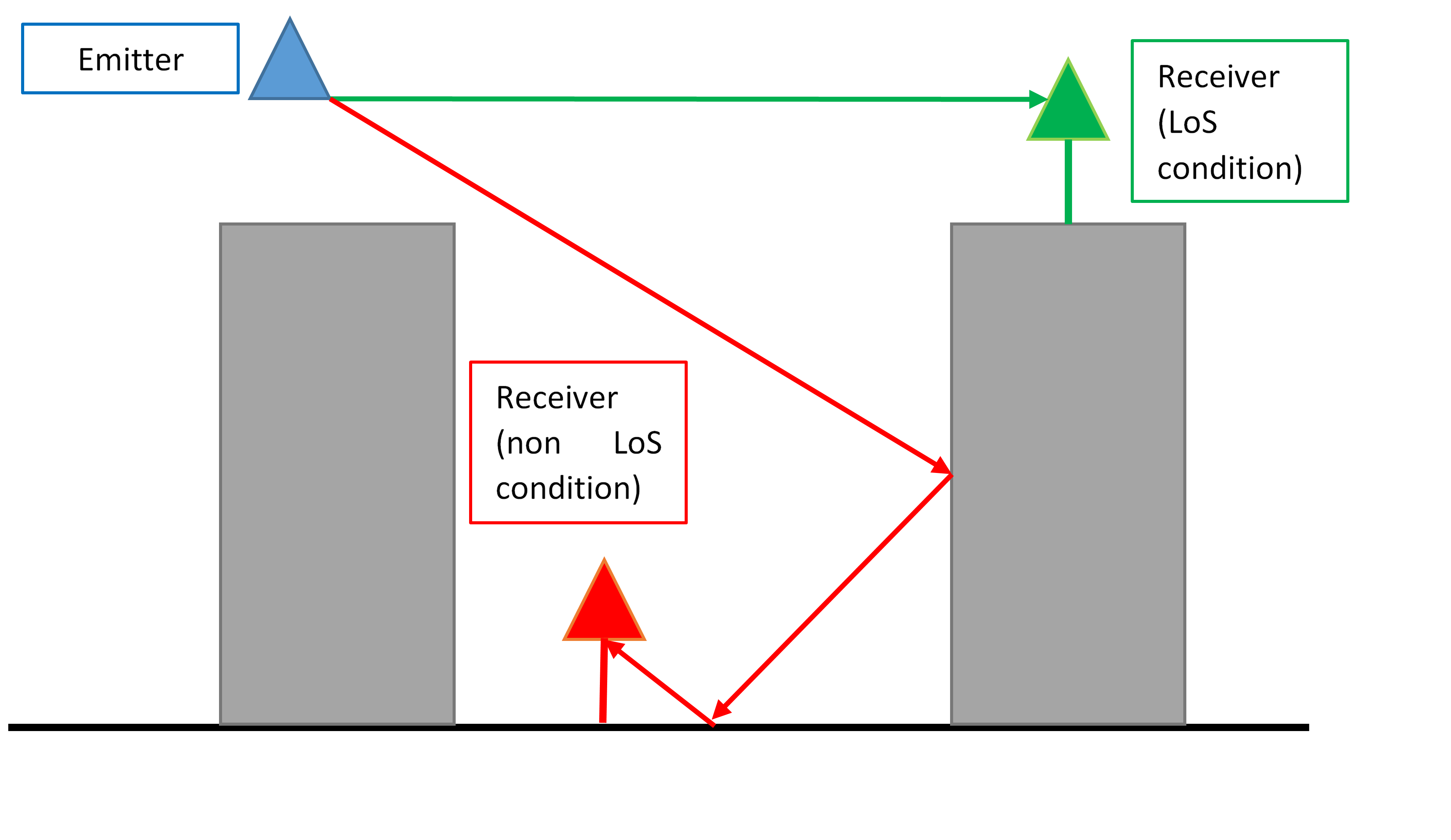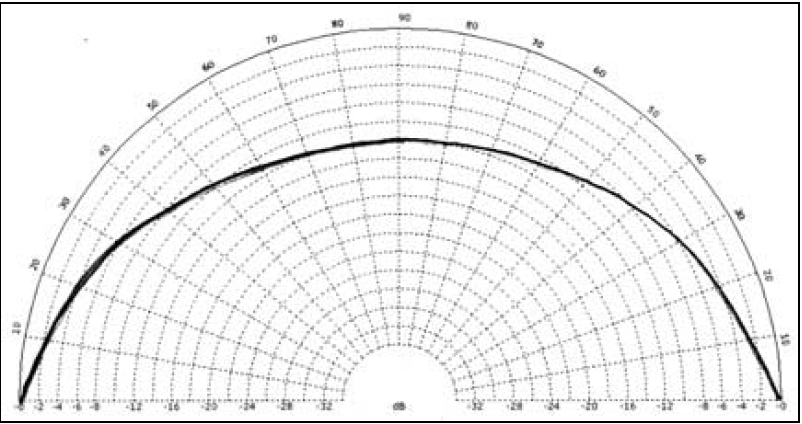Receiving antenna choice » History » Version 10
« Previous -
Version 10/29
(diff) -
Next » -
Current version
SCHNEIDER, Joris, 03/23/2017 05:12 PM
Receiving antenna choice¶
In this part of our project, we will build a receiving antenna so as to collect information from weather satellites. We must choose our antenna according to the signal characteristics such that:
• The type of radio-frequency signal polarization to receive: it defines the orientation of the radio waves in space and the receiving antenna polarization have to fit the one at the emitter in order to maximize the signal strength.
• The gain provided by the antenna must be sufficient in the satellite direction to be able to extract the signal: the antenna should increase the signal strength to improve the image quality.
Moreover, as the frequency of APT signals is between 137MHz and 138Mhz, we must consider the Faraday rotation. This phenomenon is effective for frequencies lower than 5Ghz in the ionosphere. It transforms a linear polarization to a circular one. Consequently, the emitter on the NOAA satellite uses a Right-Hand Circular Polarization (RHCP) to avoid this depolarization. It means our receiver must also use the same polarization.
Following this property, we can consider two main antenna types. Either we can use a directional antenna or an omnidirectional one.
Directional antennas¶
Considering directional ones, Yagi antenna should fulfil the polarization property for instance. The principal benefit is that its radiation pattern is more focused in one direction, so that it can provides a larger gain than omnidirectional antennas, taking into account we use a tracking system. Here is the radiation pattern of this antenna:
Even if we could have better performances due to a larger gain, the use of such a system is more complex and costly. Moreover, some previous studies on APT receivers have shown that we can achieve sufficient results with omnidirectional antennas which are less complex and less costly to build. Consequently, we will focus on these systems.
Omnidirectional antennas¶
Requirements¶
In order to define our needs in gain defined by a radiation pattern, we will present how our system will exactly perform.
• Firstly, the antenna will be fixed on the roof to be in a line of sight condition. In the opposite case, we could have used a radiation pattern with high gain on the bottom as the reflected signal is less powerful than the direct one. So, in the line of sight condition, we can tolerate a lower gain on the bottom of our radiation pattern.

• Then, as the targeted satellite is moving around the Earth, the distance with our receiver is varying. Indeed, the satellite is farther when the elevation angle is low and the minimum distance is reached when it is at the zenith. The satellite is four times closer to the APT receiver at the zenith than on the horizon. It results in a loss of 12dB for low elevation angles. That’s why we need a larger gain on the horizon than overhead. This condition can be illustrated by the following chart.

As the properties needed are completely defined for the radiation pattern, we can detail and compare three possible RHCP omnidirectional antennas which are often used for APT signal and can accomplish adequate reception with a well-designed receiver:
• Turnstile antenna
• Quadrifilar helix antenna
• Double cross antenna
We will list the strengths and weaknesses of each and choose the best one for our case at the end.
